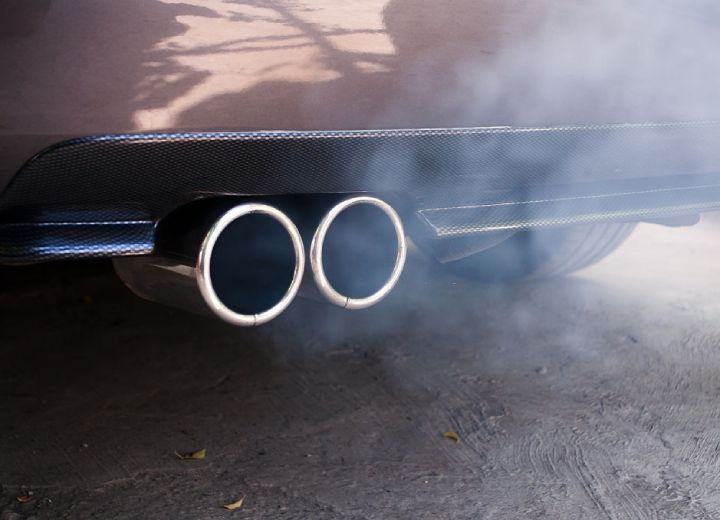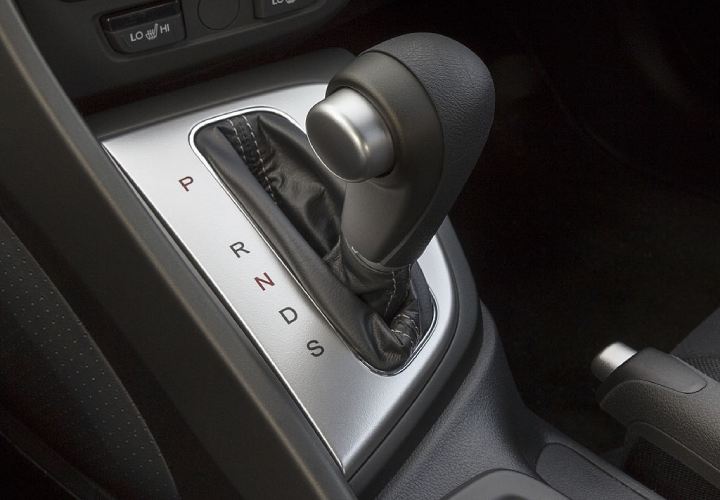The law requires every vehicle to have a working horn, allowing the driver to warn other traffic participants and pedestrians in case of an emergency.
Like any other component in your car, the horn is prone to failure as well. Sometimes they can stop working, sound different, or sound weaker.
Why is my car horn weak?
There are several reasons why your car horn might sound weak:
- Corroded ground
- Horn sound level is low
- Damaged wire connection
- Failing horn relay
- Bad fuse
- Faulty clock spring

1. Corroded ground
On most cars, horns are located under the hood, around the radiator or battery. As the car ages, horn connections are prone to corrosion and road contamination. As corrosion forms around the horn ground, it will create a high resistance connection.
As a result, the horn will not receive the voltage required to function correctly; hence you might notice a drop in sound.
If you notice any corrosion, you should remove the horn and clean its connections using a wire brush.
After reinstalling it, you can also apply some dielectric grease to prevent moisture and protect the connections against corrosion.
If this step did not help to fix your horn issue, please proceed to the next possible cause.
2. Horn sound level is low
If you recently purchased your car, it can happen that the previous owner has changed the level of the horn. To check this, you will need to follow the following steps:
- Disconnect the negative terminal from your battery, usually the black wire
- Locate the horn and take out the screw that holds it in place
- You should be able to see an adjusting dial if the horn has one.
- Use a flat screwdriver to turn up the volume by rotating the dial clockwise
- Reattach horn to the car frame and reconnect the negative terminal from the car battery
If you didn’t manage to fix the sound of the horn, check out the following step.
3. Damaged wire connection
The wire harness of the horn might be damaged. You can perform a visual check on the wiring and the plug of the horn, to see if there is any damage or a loose connection.
If everything looks fine, you might want to check out the next step.
4. Failing horn relay
The horn relay is located in the fuse box and is responsible for controlling the power going to the horn. A faulty relay can prevent the horn from functioning correctly.
You can check if your horn relay is bad with this trick! Most car mechanics will use a multimeter when testing the relay. However, if you pay attention to other relays you can find in the fuse box, you will see that some of them are identical.
Look for a similar relay and swap them over. If your horn sound is back to normal, the relay was at fault. If you are having the same problems, you should move on to the next part that can cause the issue.
The cost of replacing a faulty horn relay is relatively low, as you can do it yourself, and the part itself won’t cost more than $20.
5. Bad fuse
Many of my customers are not aware that there is a fuse for the horn.
If you are not familiar with your car’s fuse box, you should check out the owner’s manual to see the exact location. While a blown fuse will make your horn stop working and not lower its volume, it is worth checking it.
To ensure you are checking the correct fuse, look into the owner’s manual, as there will be a fuse chart showing which fuse is for the horn.
After locating the fuse, pull it out and check the wire. If the fuse needs replacing, then you have probably fixed the issue. If not, move on to the next part.
The cost of replacing a blown fuse will be $5 – $10 if you can do it yourself.
6. Faulty clock spring
A clock spring is responsible for transferring the signal from your steering wheel buttons, airbag, and horn to the car computer.
The clock spring is located on the steering column behind the steering wheel. Whenever you turn the steering wheel, the clock spring will rotate as well.
A faulty clock spring will prevent your steering wheel commands and horn from working. While clock springs are not expensive, removing the steering wheel to access the clock spring can be tricky.
I recommend having your car inspected by a mechanic if you are unsure how to remove the steering wheel.
The cost of replacing a faulty clock spring can range from $250 to $400, depending on the car’s make and model.
How do you fix a weak car horn?
Fixing a weak car horn is not an easy job. First, you will need to identify the possible causes and test each part, as described above. If you can’t find anything wrong, you will need to replace the horn.
Is it illegal to drive without a horn?
In most states, driving without a horn can become subject to a fit-it infraction. If a police offers pulls you over and notices your horn is not working, this will be considered an equipment violation.
While there might be a slim chance of a police officer finding out your horn is not working, I recommend fixing your horn as soon as you can.
Is it expensive to fix a car horn?
Replacing a faulty horn will cost you around $70 for the part and another $50 to $70 to have it fixed.
If you want to save some money, it is possible to replace the horn yourself as it won’t take you longer than 30 minutes.
Final thoughts
Like most car issues, sometimes it can be challenging to identify the culprit, as you have to check multiple car parts. A weak horn can be the result of numerous car parts failing, as well as corrosion. If you don’t feel confident in performing these checks yourself, I advise getting the car to a mechanic for proper inspection.
References
California Code, Vehicle Code – VEH § 27000
Florida Statutes Title XXIII. Motor Vehicles § 316.271. Horns and warning devices
Nevada Revised Statutes Chapter 484D – NRS 484D.400 – Horns and other warning devices
My name is Jeffrey Williams and I have been a car mechanic for over 35 years. I am currently working NYC Auto Repair Shop, in New York City and recently developed a strong passion about blogging. I decided to put together this blog where I will try and answer the most commonly asked questions I get on a daily basis from my customers.








